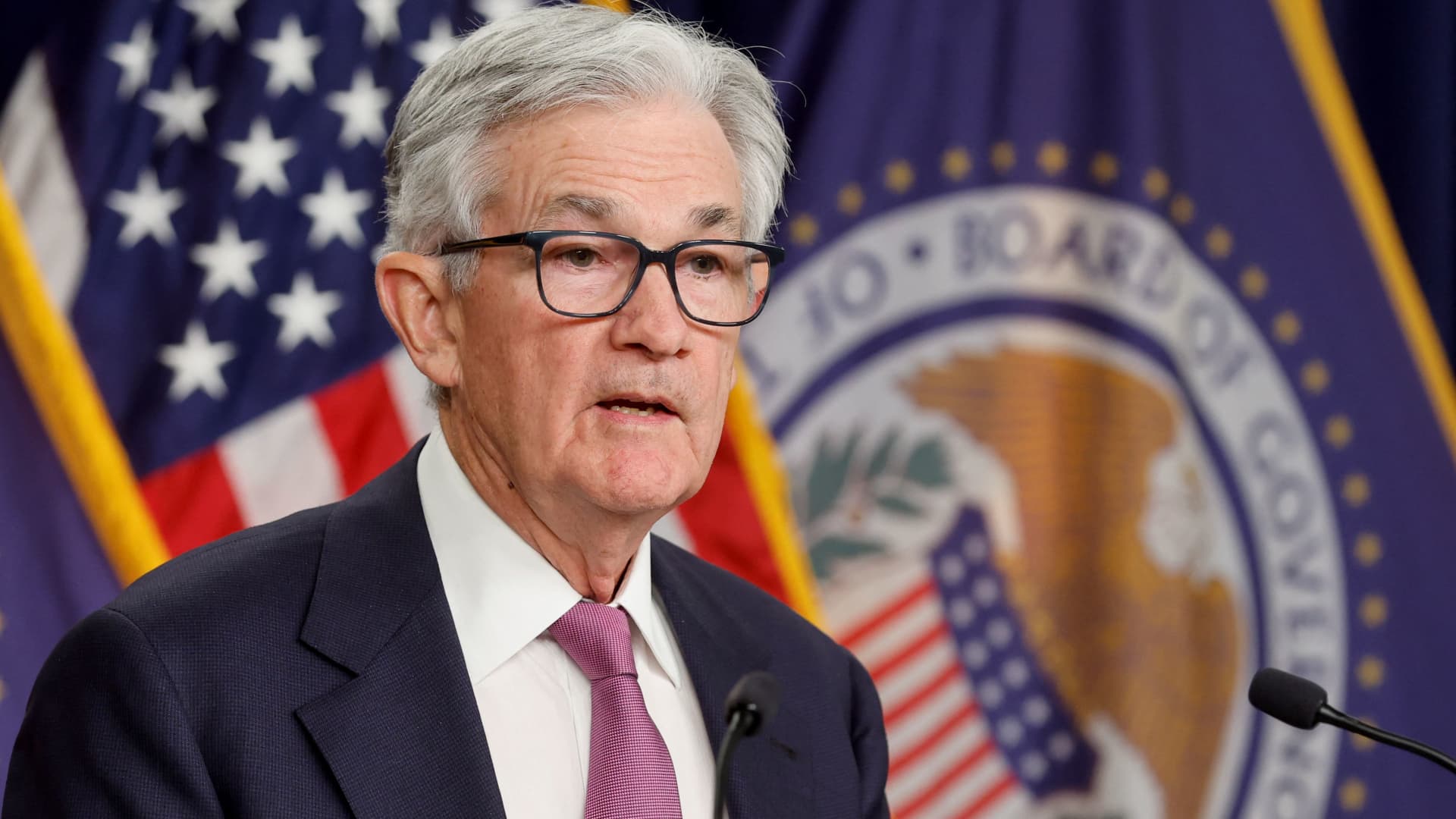Insurance stocks are among the more intriguing options in this market. Among the most stable and consistent long-term bets, insurance companies are highly sought after by those with long investing time horizons.
Insurance starts with a bet. A customer bets on a disaster that they’ll die, or their car will crash, or their business will be destroyed by a natural gas leak, as my late father’s TV repair business was in 1967. If disaster strikes, the customer “wins” and is made whole, up to the policy’s limits. (Dad’s shop re-opened soon after his loss.)
If nothing happens, the insurer keeps the customer’s money and offers to play again with new odds and a new price tag. The biggest disasters cause insurers to raise their rates, but by carefully managing risk, they ensure this doesn’t hit them too hard.
Insurance has been essential to business conduct since Lloyd’s of London was a coffee house, in the 17th century. Without a way to manage risk, significant risks can’t be taken. The bigger an insurer, the bigger the dangers it can take. But even the biggest insurers will off-load layers of risk to other companies through “reinsurance.” No insurance stock stands alone.
With that said, here are five top insurance stocks I think are worth diving into right now.
| LNC |
Lincoln National |
$20.30 |
| FAF |
First American Financial |
$51.39 |
| ALL |
Allstate |
$105.11 |
| RGA |
Reinsurance Group of America |
$121.97 |
| UNH |
UnitedHealth Group |
$469.50 |
Lincoln National (LNC)

Source: Jonathan Weiss / Shutterstock.com
First on this list of insurance stocks is Lincoln National (NYSE:LNC), a life insurance company offering annuities and retirement planning. This business model allows Lincoln to keep more customers’ money longer than an insurer offering just term life policies.
If you’ve heard of the company, it’s likely due to their sponsorship of the Philadelphia Eagles stadium. The Eagles lost the Super Bowl. However, Lincoln Financial is also among the insurance stocks on a losing streak.
That’s because its business model makes it more dependent than other insurers on investment returns. In 2022 Lincoln’s returns were in the red, with the company losing $2.2 billion on revenue of $19 billion. Lincoln accelerated its move downward, taking one-time accounting charges that sank the stock after it released its third-quarter report.
But this was unusual, and Lincoln has maintained its 45-cent per share dividend. This yields over 6.5% to current shareholders.
While Lincoln stock is down 20% over the last three months and 14% in the previous five years, intelligent hedge funds are now buying it. They know a better market will mean positive earnings and a rising stock price, making today’s dividend even more valuable. Lincoln’s market cap is currently less than one-fifth of its annual revenue.
This is a long-term play. You buy it on weakness, like now, and let the dividends keep you warm until the market figures out that a large insurer can’t lose forever.
First American Financial (FAF)

Source: tokar / Shutterstock
First American Financial (NYSE:FAF) is in the real estate insurance business. It offers title insurance, handles appraisals of real estate and transaction documents, and conducts inspections. In the most recent quarter, the company earned $54 million, or 52 cents per share, on revenue of $1.7 billion. The company also lost $114 million on its investments.
Over the last year, shares are down almost 19%, bringing the company’s 52 cent per share dividend yield up to 3.8%. All this is in line with the rest of the industry.
First Americans’ recent fall is due to real estate affordability. Rising interest rates aren’t just about buyers paying more. It also means sellers are often giving up low-interest loans. There are fewer transactions, thus less demand for FAF services. Private equity buyers also use cash, which further cuts FAF’s need. Revenue last year fell nearly 20% from 2021, and net income by almost 80%. Operating cash flow, however, fell only 40% to $780 million. The company’s cash on hand remained stable, at a little over $1.2 billion.
While some hedge funds have sold out of FAF stock, and some analysts have abandoned ship, Keefe, Bruyette & Wood continue to believe in it. Management also believes in its model, deciding to keep its 52 cent payout, despite declining earnings.
Allstate (ALL)

Source: Jonathan Weiss / Shutterstock.com
You know about Allstate (NYSE:ALL) because it’s in the consumer property and casualty business. The company sells car and homeowners’ policies, competing against such companies as Berkshire’s GEICO and Progressive (NYSE:PGR). Before the recent bank bailout panic, its stock was up for the year. It’s still running ahead of the S&P 500.
That said, during 2022, the company lost $1.4 billion, or $5.22 per share, on revenue of over $51 billion. Revenue rose 10%, but its losses were higher, too. For every $1 from premiums, 95 cents went out to customers. The previous year’s “combined loss ratio,” as the company calls it, was 86. Like the rest of the industry, Allstate also had less investment income. Despite these factors, the company hiked its dividend to 89 cents per share, translating to a yield of 2.9%.
Allstate was doing fine until rising car repair and medical costs skyrocketed losses. Its statutory surplus fell by over $6 billion to $12.2 billion. That means it may remain a bargain stock. The company is pausing stock buybacks.
Management doesn’t expect its bad luck to continue. Just to make sure it’s raising rates, especially on reinsurance lines that don’t kick in until losses have already become extreme. Those are up by 45-50%. Allstate management says that this year it’s focused first on profits, and less on growth.
Reinsurance Group of America (RGA)

Source: Shutterstock
In reinsurance, you’re not taking the first dollar of loss or selling a policy. You only pay out if someone suffers an extreme loss.
No insurer wants to take a billion-dollar hit, so risks like that are layered, with several companies often covering a $100 million loss. You may never have heard of Reinsurance Group of America (NYSE:RGA). Its name is only essential to your insurance company.
RGA stock has appreciated over the last year by 32%. This was an unusual year. During the previous five years, shares are down by nearly 20%. RGA was part of the “rush to safety” by many portfolio managers after years spent chasing growth. As with most other insurance stocks, you’re buying RGA mainly for its dividend, which was recently raised to 80 cents per share. Back in 2018, it was just 50 cents.
For all of 2022, RGA reported a net income of $623 million, or $9.31 per share, on revenue of $15.9 billion. A look at its earnings release shows how all the moving parts fit together. The company made up its loss in the U.S. with profits from Canada, for instance. Some currency headwinds should abate this year. That’s why the dividend went up, and Citigroup (NYSE:C) recently upgraded the stock.
UnitedHealth Group (UNH)

Source: Ken Wolter / Shutterstock.com
Rounding out this list of insurance stocks is UnitedHealth Group (NYSE:UNH). Indeed, UnitedHealth may be one of the best companies I don’t have in my retirement portfolio. But I have been a fan for years.
United dominates the health insurance space, evolving from a pure insurance model to a managed care model.
With insurance, you are betting on health and paying for losses. In managed care, you’re assuming costs and working to minimize them. That’s why checkups and cheap generic drugs are now part of many policies. If a managed care company can handle your chronic conditions and keep you out of the hospital, that’s a win.
United does this because it was an early technology user through its Optum unit. It has its own “pharmacy benefit manager,” which helps it limit drug costs. It gets a considerable share of the highly profitable Medicare Advantage business through its links to AARP, the elderly lobby.
Last year, United reported earnings of $20 billion, or $22.19 per share, on revenue of $324 billion. Earnings were up 16%, and revenue was up about 12.5%. The dividend of $1.65 per share yields only 1.4% to current shareholders. If that seems modest, the stock’s value has doubled over the last five years, even though it’s down 12% in 2023.
This is the miracle of the insurance business. You can always find new ways to make money, even if you gradually tweak the business model to meet the market’s needs.
On the date of publication, Dana Blankenhorn held a long position in AAPL. The opinions expressed in this article are those of the writer, subject to the InvestorPlace.com Publishing Guidelines.





















